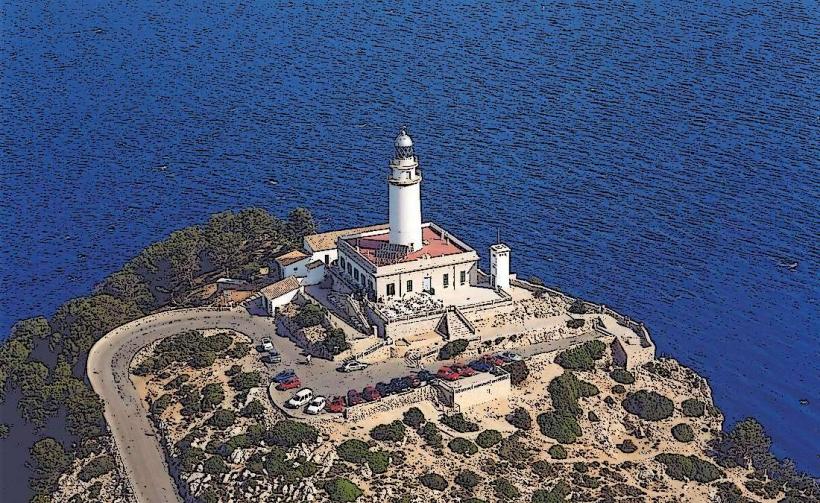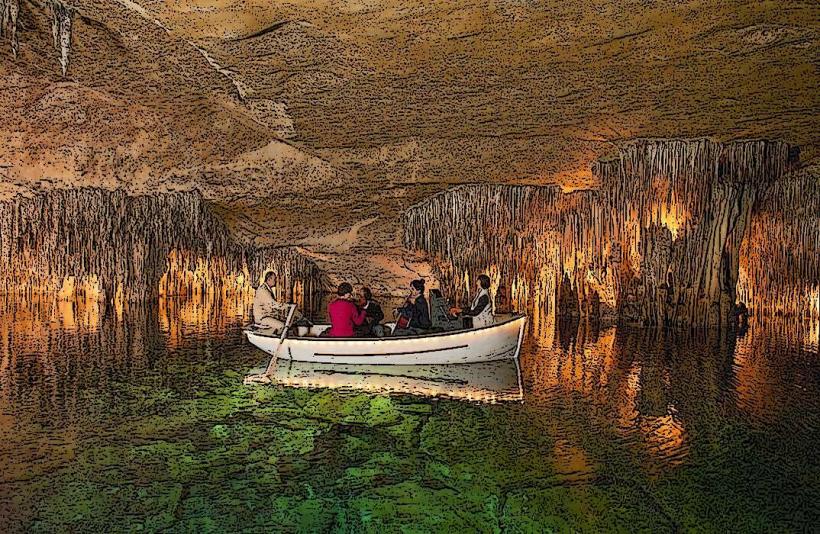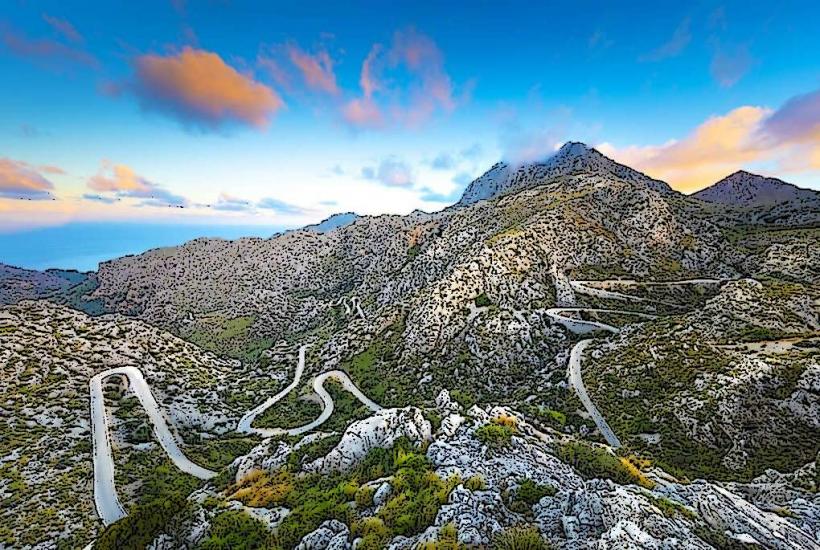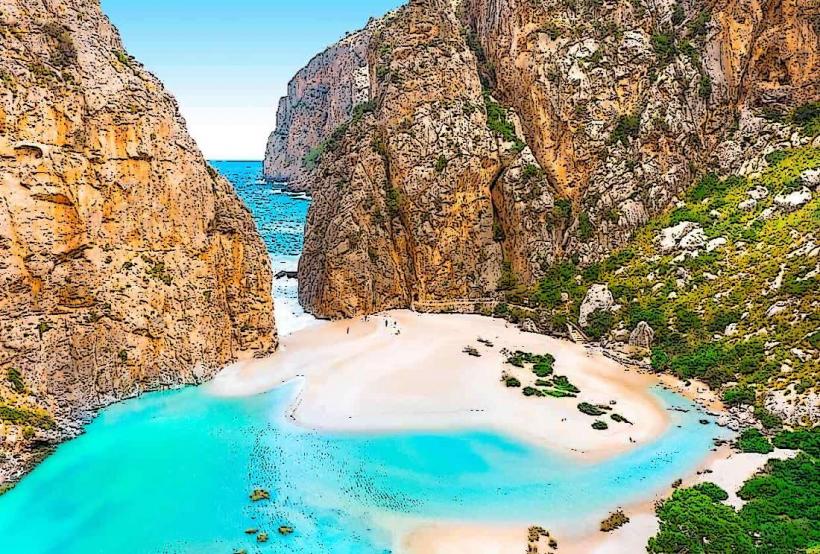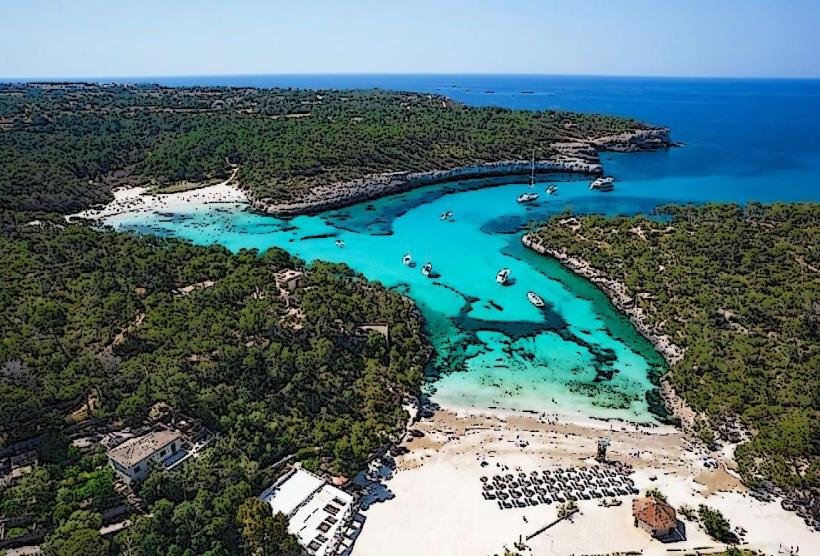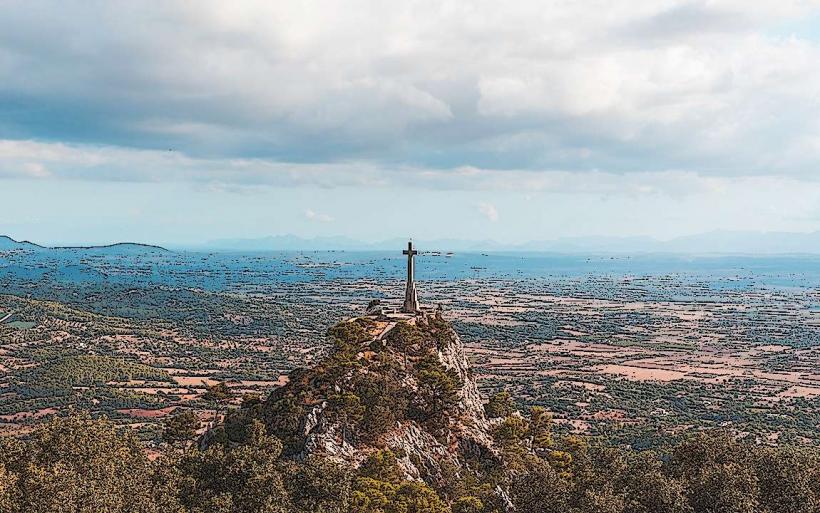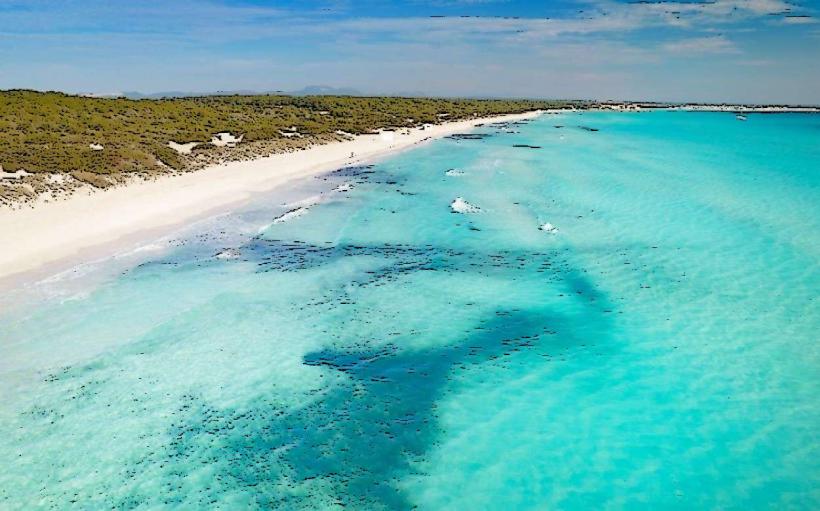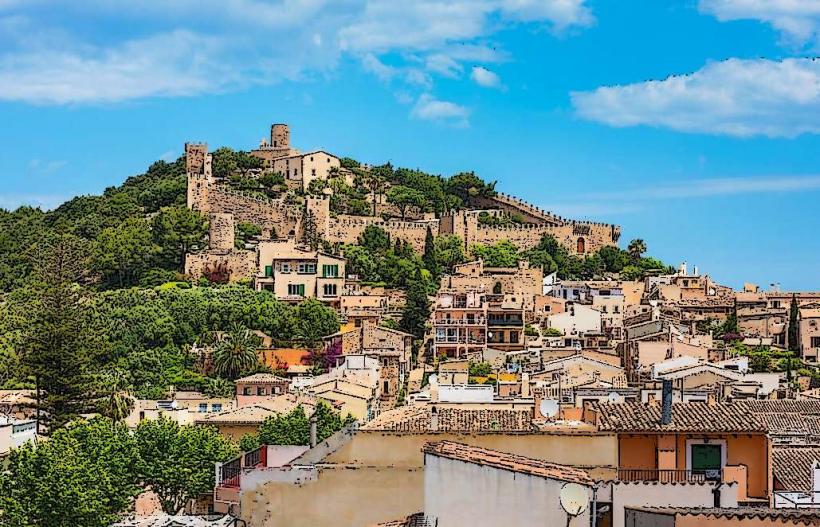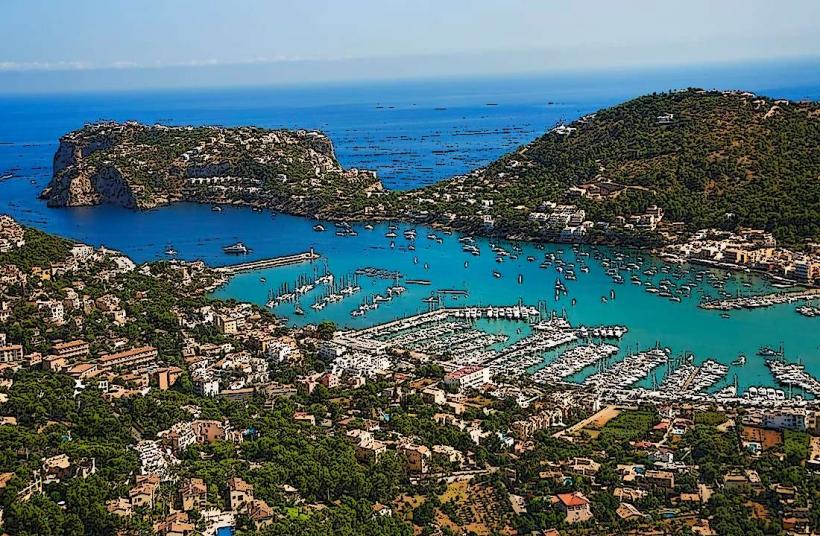Information
Landmark: Lluc MonasteryCity: Mallorca Island
Country: Balearic Islands
Continent: Europe
Lluc Monastery (Monestir de Lluc) is a historic and religious site located in the Sierra de Tramuntana, Mallorca, Spain. It is one of the island’s most important pilgrimage destinations and a significant center of spirituality, history, and natural beauty. The monastery is set in a breathtaking location amidst the mountains, offering visitors a serene environment for contemplation and exploration.
1. History and Significance
Founding:
The origins of the Lluc Monastery date back to the 13th century. It is believed that the monastery was founded in 1230 when a group of monks settled in the area, drawn by a legend about the Virgin of Lluc (Virgen de Lluc). According to the legend, a group of shepherds found a statue of the Virgin Mary in a cave in the mountains, and the discovery led to the establishment of the religious site.
Virgin of Lluc:
The monastery is dedicated to the Virgin of Lluc, who is believed to be the island's patron saint. The statue of the Virgin, known as "La Moreneta" (The Little Dark One), is a central object of devotion for pilgrims who visit the monastery. The Virgin is also depicted in a black Madonna style, which is commonly seen in other Catholic shrines in Europe.
Pilgrimages:
Over the centuries, the monastery has become a significant place of pilgrimage for both locals and visitors from around the world. Pilgrims journey to the monastery to venerate the Virgin of Lluc, and the pilgrimage tradition remains strong today. Pilgrims often follow the Camí de Lluc, a historic route that leads from Palma to the monastery, often passing through scenic mountain landscapes.
2. Architecture
Monastery Complex:
The monastery is an impressive architectural complex that blends elements of Gothic, Renaissance, and Baroque styles. The original structure has been expanded and modified over the centuries, and it features a mix of religious buildings, courtyards, gardens, and surrounding natural beauty.
Church of the Monastery:
The monastery’s central building is the Church of the Virgin of Lluc (Iglesia de la Mare de Déu de Lluc). The church is a simple yet beautiful structure, with a Baroque altar and ornate decorations. Inside, the image of the Virgin of Lluc is displayed in a chancel, where it is the focal point of the site’s religious life.
Cloister:
One of the monastery's most striking features is its cloister, a peaceful space surrounded by arched corridors and courtyards. The cloister is an ideal place for visitors to relax, reflect, and enjoy the tranquil atmosphere of the monastery. It also has gardens and a fountain, adding to the serene surroundings.
Chapel of the Virgin of Lluc:
The small chapel where the statue of the Virgin of Lluc is housed is a major site of veneration. The chapel is adorned with candles, flowers, and offerings from pilgrims. The statue itself is highly revered, and it is often the focal point of religious ceremonies and events at the monastery.
3. Spiritual and Religious Importance
Pilgrimage Site:
Lluc Monastery is considered one of Mallorca’s most important pilgrimage sites. Pilgrims often walk the Camí de Lluc (The Way to Lluc), a traditional pilgrimage route that connects the monastery to Palma. This 50-kilometer (31-mile) path is traversed by devotees seeking spiritual connection and offering prayers to the Virgin of Lluc. The pilgrimage remains an important religious tradition on the island, especially during festivals such as the Feast of the Virgin of Lluc.
Religious Services:
The monastery regularly hosts religious services, including daily Mass, prayers, and other Catholic rituals. Special celebrations are held on the Feast of the Virgin of Lluc (August 15th), which draws large numbers of pilgrims to the site. The monastery is also home to a choir that performs Gregorian chants and other sacred music, contributing to the spiritual atmosphere of the place.
4. Natural Surroundings
Sierra de Tramuntana:
The monastery is located in the Sierra de Tramuntana mountains, a UNESCO World Heritage site. The stunning natural surroundings provide a serene backdrop for the monastery and enhance its spiritual significance. Visitors can enjoy hiking, birdwatching, and other outdoor activities in the mountains, making the monastery a destination for both religious and nature enthusiasts.
Botanical Gardens:
The monastery also has botanical gardens that feature local plant species and add to the peaceful ambiance of the site. The gardens are carefully maintained and offer a place for visitors to enjoy the beauty of nature while contemplating their surroundings.
Camí de Lluc:
The Camí de Lluc trail is one of Mallorca’s most famous hiking routes, connecting the monastery to various points across the island. The trail passes through dramatic landscapes, including rocky cliffs, forests, and valleys, providing breathtaking views of the island’s natural beauty.
5. Museum and Cultural Heritage
Lluc Monastery Museum:
The monastery also houses a museum that showcases the history of the site, its religious significance, and the cultural heritage of the area. The museum features collections of religious art, historical artifacts, and objects related to the Virgin of Lluc. Visitors can learn more about the monastery’s role in local history and its connection to the people of Mallorca.
Religious Art:
The monastery’s museum includes various religious artworks and statues, many of which are associated with the Virgin of Lluc. These works reflect the island’s deep Catholic roots and the important role the monastery has played in the spiritual life of Mallorca for centuries.
6. Accommodation and Facilities
Accommodation:
Lluc Monastery offers accommodation for pilgrims and visitors who wish to stay overnight. The monastery has simple yet comfortable rooms, which are often used by those on pilgrimage or by those looking to experience a retreat in a peaceful environment. The tranquil atmosphere and the proximity to the mountain trails make it a popular place for both religious visitors and nature lovers.
Visitor Amenities:
The monastery is well-equipped for visitors, with facilities such as a restaurant serving traditional Mallorcan cuisine, a gift shop with religious souvenirs, and parking for those arriving by car. The site also offers educational resources for those interested in learning more about its history, religious significance, and the natural environment.
7. Festivals and Events
Feast of the Virgin of Lluc:
The Feast of the Virgin of Lluc is the most important annual event at the monastery, held on August 15th. It includes religious ceremonies, processions, and celebrations in honor of the Virgin. Thousands of pilgrims make their way to the monastery for this occasion, and the event is marked by music, prayers, and a strong sense of community.
Other Celebrations:
Throughout the year, the monastery hosts various religious celebrations, including Holy Week events, Christmas services, and other Catholic festivals. These events are an integral part of the monastery’s role in the spiritual life of Mallorca.
8. Best Time to Visit
Year-round:
Lluc Monastery is open to visitors year-round, although the most popular times to visit are during the spring and autumn months, when the weather is mild and perfect for hiking and outdoor activities. The summer months are busier due to the religious festivals, especially the Feast of the Virgin of Lluc.
Pilgrimage Season:
The pilgrimage season is most prominent during the summer months, particularly around August 15th, when the monastery hosts special events and welcomes thousands of visitors.
9. Conclusion
Lluc Monastery is not only a place of spiritual importance and religious significance but also a stunning natural site that offers visitors the chance to connect with Mallorca’s history, culture, and natural beauty. Whether visiting for pilgrimage, hiking, or simply to experience the peaceful surroundings, Lluc Monastery remains a must-visit destination for those exploring the island’s spiritual and natural heritage.

